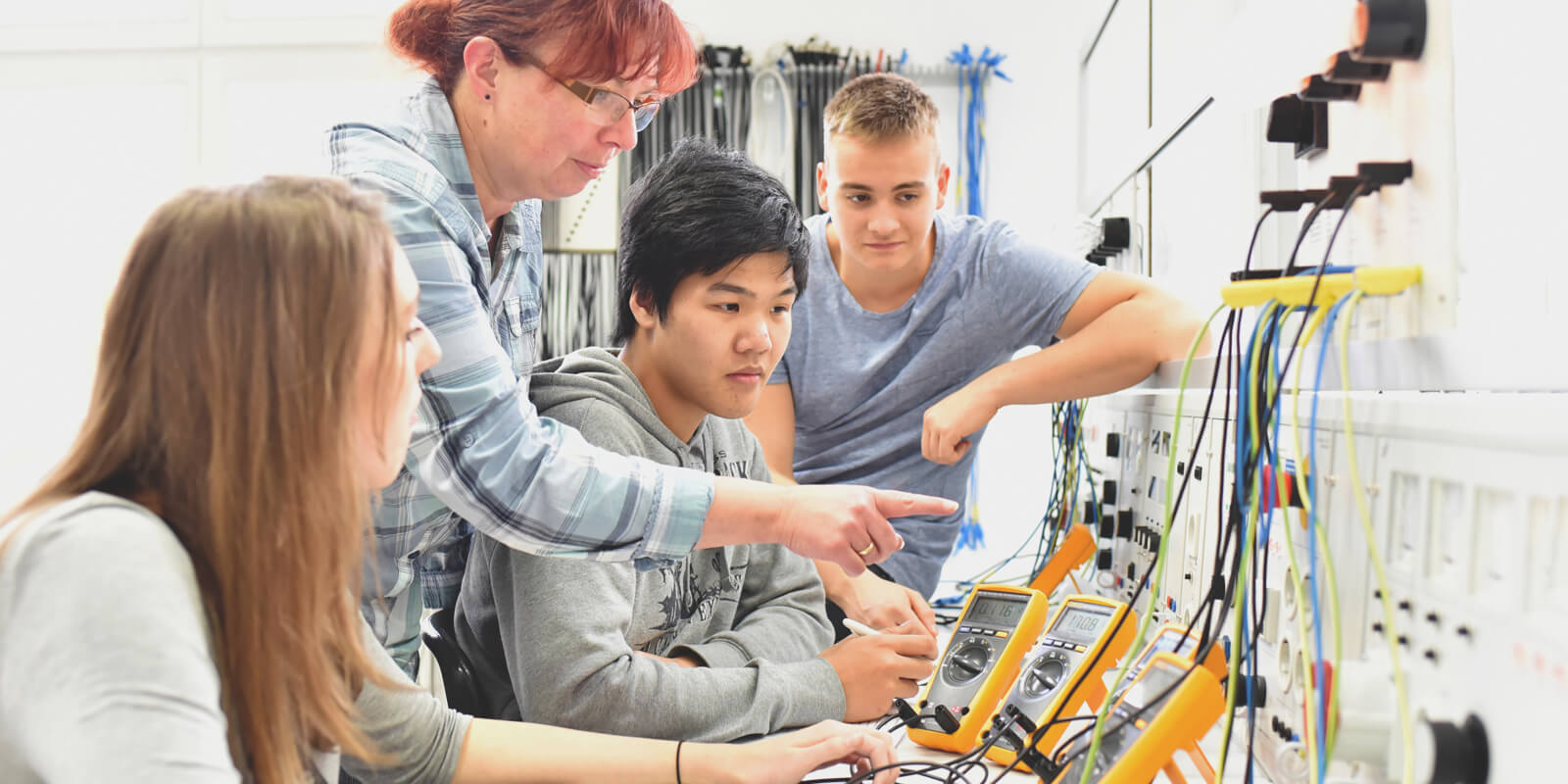A few personal finance lessons from the pandemic
Recent high school graduates are making financial choices during a pandemic that will impact their financial lives moving forward. Now, more than ever, it is extremely important for high school students to have the basic and foundational training needed to make informed financial decisions.
COVID-19's impact
The COVID-19 pandemic impacted our lives in numerous ways and forever changed the way we work, conduct business, and live our lives. Pew Research recently published personal finance statistics about the pandemic including;
- Over 50% of non-retired adults believe the pandemic consequences will make it more difficult to achieve their financial goals.
- 44% of people that believe the pandemic worsened their financial situation believe it will take at least 3 years to recover.
- Lower income, minorities, and younger adults are more likely to have lost a job or taken a pay cut due to the pandemic.
- Many respondents indicated their credit ratings had taken a hit due to the pandemic.1
So, what can we learn from the pandemic? Let’s look at a few life lessons we can glean from our collective experiences.
Rainy day fund
Most financial experts recommend you have an emergency reserve fund, or rainy day fund, equivalent to three to six months living expenses set aside for emergency use. For example, assume your monthly expenses that include housing, automobile costs, insurance, utilities, food, and entertainment total about $2,500 per month. You will need to build a rainy day fund equivalent to $7,500– $15,000 that you can invest in liquid assets to help you weather job loss or other emergencies.
Keep this money in a checking or savings account so you can access it quickly. Even though inflation is eroding the value at this time, you will still need to be able to access this money in an emergency.
If you need to replenish your rainy day fund that was depleted during the pandemic, or establish one now, this should be one of your top priorities. Many people forced to stay home during the pandemic learned the importance of this cash reserve.
Career choices
Are you an essential worker or a nonessential worker? This designation applied to everyone during the pandemic when the government forced us to stay home. Some of us were able to work remotely. Others had jobs that had to be filled regardless of the pandemic like health care professionals, law enforcement, fire protection, and teachers. Some worked from home and others reported to work. Keep this in mind as you begin thinking about a career path. If you worked in hospitality and tourism or retail, you probably did not have a job during the pandemic.
Rebuild your credit score if needed
Many people were unable to make their payments during the pandemic which harmed their credit scores. A good credit score impacts your ability to borrow money and the interest rate you pay on those loans. A poor credit score can cost you thousands of dollars in additional interest charges over your lifetime.
If your credit score took a hit during the pandemic, you need to begin repairing it now. Develop a plan to pay off loans that are in default. Pay down high interest credit card debt. Consider consolidating your loans and contact your lenders to work out a repayment plan.
Tighten your budget
Do you know where your money goes every month? Track your cash inflows and outflows for a couple of months. This will help you identify areas where you can cut back on spending.
Make sure you have a long-term plan to create a continuous cash surplus so you can use this money to establish or replenish your rainy day fund and rebuild your credit. You may be able to sell a few things you no longer need or want or work a few extra hours each week. Create that budget surplus so you can become more financially secure.
Reduce your debt
Many people learned during the pandemic that their budgets were stretched too tight. They had too much debt to weather a loss in income. Take advantage of the current environment and try to pay off as much debt as possible.
If you can go into the next financial crisis, whether economy-wide or on a personal level, with limited debt it makes it much easier to survive. Focus on paying down high interest debt first. Hopefully, the only debt you will have in a few years is your home mortgage.
Learn more in Personal Financial Literacy, 3rd Edition
There are other financial lessons you can learn from the pandemic, but this list is a good place to start. As the pandemic has shown, students today need more preparation than ever for the financial “real world” prior to high school graduation.
Personal Financial Literacy, 3rd Edition (Madura, Casey & Roberts) addresses many of the issues presented here, including learning to budget, understanding how to read a paycheck and determining net (take-home) pay, choosing a bank or taking out a loan, and much more.
Learn more about Personal Financial Literacy, 3rd Edition, by Jeffery Madura, Michael Casey, and Sherry Roberts
Sources
1Horowitz, J.M., A. Brown, and R. Minkin (March 5, 2021); “A Year Into the Pandemic, Long-Term Financial Impact Weighs Heavily on Many Americans” Pew Research Center








